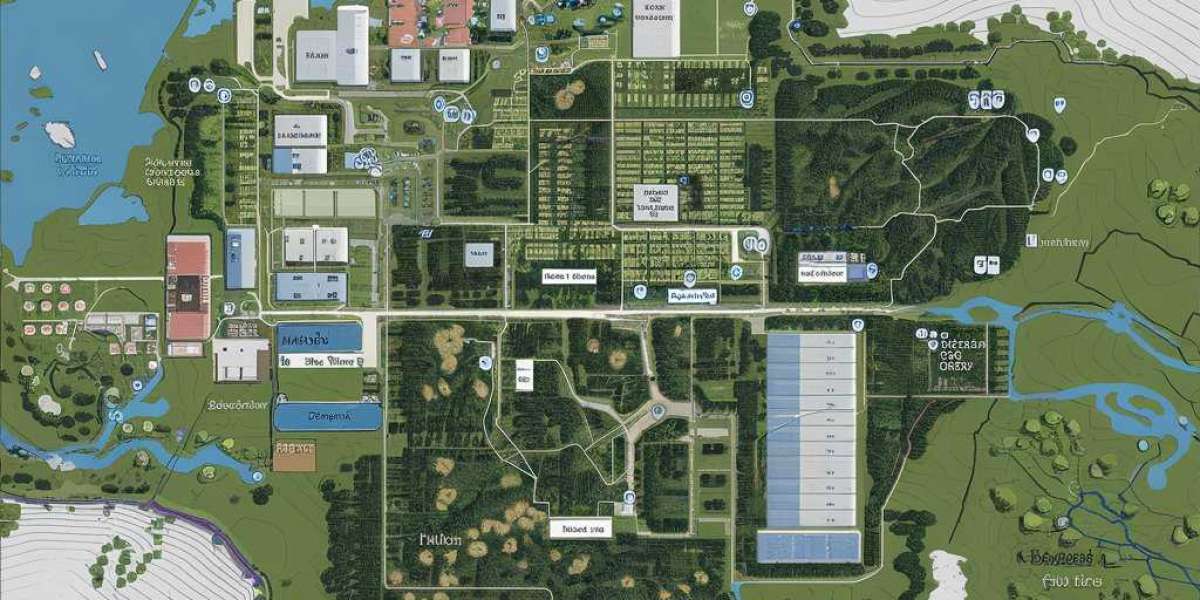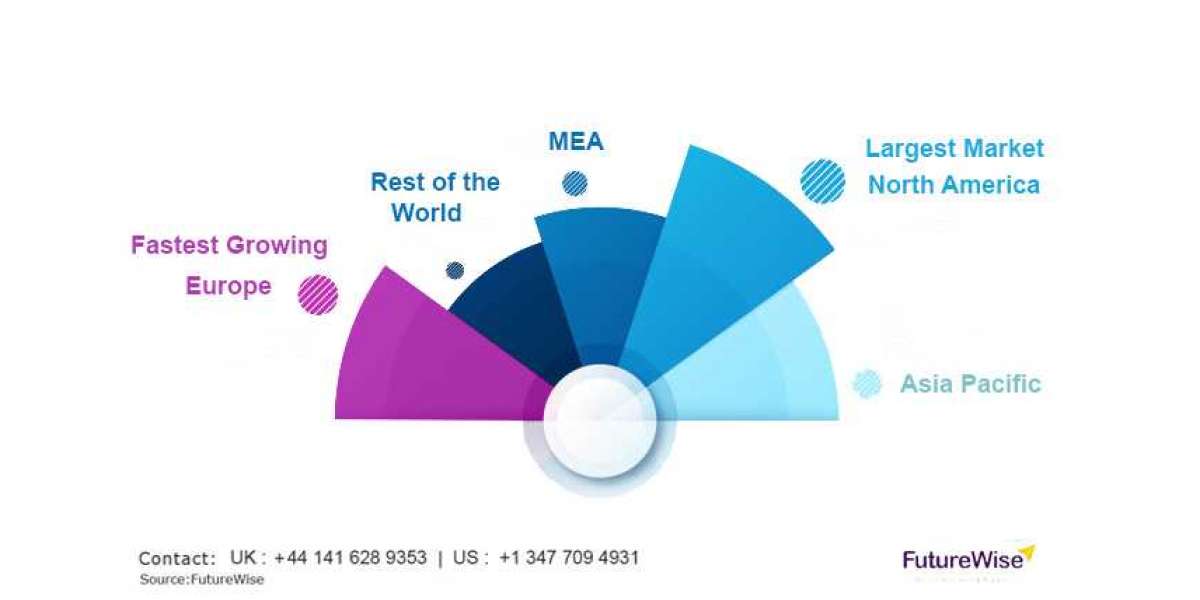In today’s world, where efficiency and accuracy are key to success, optimizing logistics routes is one of the top priorities for businesses. Geographic Information Systems (GIS) offer innovative solutions for managing logistics, ensuring more effective planning, cost reduction, and overall productivity improvement. In this article, we will explore how GIS technologies can help optimize logistics routes, and provide real examples and cases of these technologies used across various industries.
Why GIS is Important for Logistics
GIS provides powerful tools for analyzing geographic data, allowing for more precise route planning and resource optimization. Using GIS in logistics enables:
- Determining the Fastest and Shortest Routes: Considering factors such as road conditions, traffic, weather, and others.
- Optimizing Resource Distribution: Such as fuel, driver time, and other costs.
- Improving Customer Service Levels: Through precise delivery planning.
- Reducing Environmental Impact: By lowering fuel consumption and cutting CO2 emissions.
These benefits make GIS an essential tool for any company involved in transportation, delivery, or supply chain management.
Examples of Using GIS for Route Optimization
GIS technologies have long been used in logistics and transportation, with many companies successfully applying these tools to enhance their processes. Here are a few real-world cases demonstrating the effectiveness of GIS in this field:
- Retail Delivery Route Optimization A major retail chain faced challenges with inefficient delivery routes to its stores. Due to a large number of sales points and factors such as peak traffic times and vehicle size restrictions, the company was expending significant resources on logistics. Using GIS, the company was able to analyze existing routes and identify optimal delivery paths. As a result, they reduced average delivery time by 20%, cut fuel costs, and improved overall logistics efficiency.
- Fleet Management in Healthcare A medical company providing patient transportation services encountered issues with resource utilization. Transportation routes often overlapped, leading to increased fuel costs and travel time. By implementing GIS, the company was able to design optimal routes for its vehicles, considering patient locations, road conditions, and other critical factors. This led to a 15% reduction in logistics costs and improved customer service levels.
- Construction Logistics A construction company working on a large project in a remote region faced challenges with delivering materials and equipment to the construction site. Due to challenging road conditions and lack of detailed maps, logistics consumed a lot of time and resources. By adopting GIS technologies, the company was able to create detailed terrain maps, identify the best routes for transportation, and avoid areas with poor road conditions. This significantly reduced material delivery time and lowered logistics costs.
We recommend learning how LiDAR technology is transforming the landscape of construction and architecture by visiting https://www.dr-ay.com/blogs/195807/How-LiDAR-is-Transforming-the-Landscape-of-Construction-and-Architecture.
Benefits of Using GIS for Route Optimization
GIS not only addresses specific logistics issues but also offers several advantages that make it an indispensable tool for managing transportation and supply chains:
- Accuracy and Timeliness: GIS provides up-to-date data, allowing for quick responses to changes in road conditions, weather, or other factors affecting routes.
- Resource Savings: GIS helps significantly reduce fuel costs and overall logistics expenses by optimizing routes and resources.
- Improved Customer Service: Optimized routes enable faster delivery, reducing delays and enhancing overall customer satisfaction.
- Reduced Environmental Impact: Route optimization helps decrease harmful emissions, making logistics more environmentally friendly.
GIS technologies offer extensive opportunities for optimizing logistics routes, providing solutions that enhance efficiency, reduce costs, and improve service quality. Real-world cases confirm that using GIS can be a decisive factor in the success of companies involved in logistics and transportation.
If you aim to improve your business’s logistics processes, contact the experts at gis-point.com. They will help implement advanced GIS technologies into your operations. Optimize your routes, save resources, and enhance customer service with GIS-Point.









